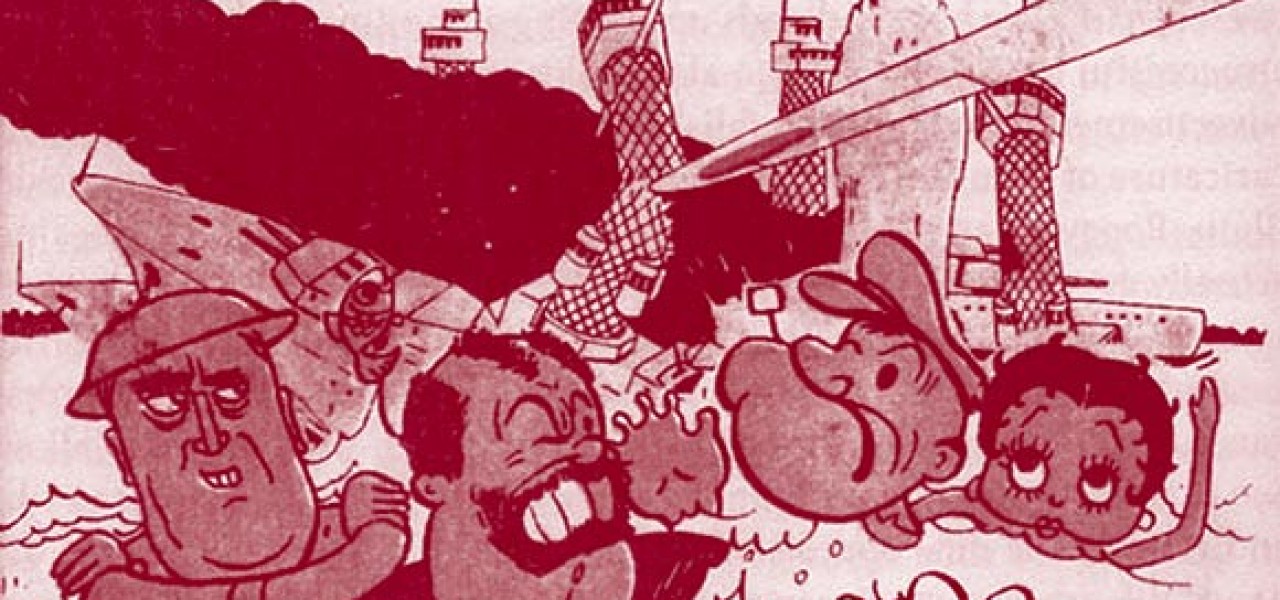
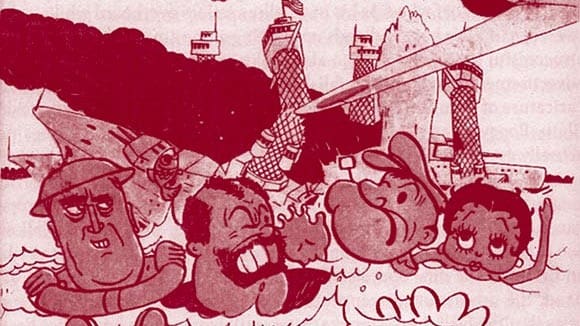
Book Review: ‘Anime Fan Communities’ by Sandra Annett
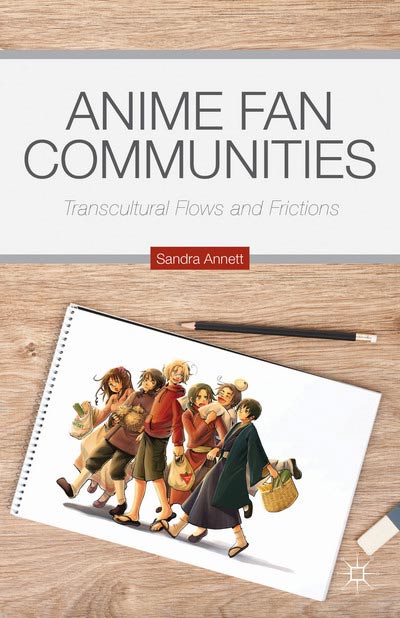
Anime Fan Communities: Transcultural Flows and Frictions
By Sandra Annett
(Palgrave Macmillan, 268 pages, pub. date: December 2014)
Buy: $76.39 on Amazon
Read the introduction (download PDF)
I regret starting this review on a negative note, but it should be said that Anime Fan Communities is not the most accurately-titled book. Author Sandra Annett, who teaches in the English and cinema studies departments at Canada’s Wilfrid Laurier University, takes international anime fandom as her starting point, but she ends up engaging with a much wider range of topics.
The book’s main themes are the structures of fandom, the cross-cultural appeal of animation, and animated portrayals of ethnicity. Annett takes the time to look at each topic from a number of different angles: when discussing fandom, for example, she not only talks about fans of animation but fans in animation—such as Donald Duck pursuing film stars in The Autograph Hound, or Judy Jetson meeting her pop idol in The Jetsons.
The book’s first in-depth study deals not with the American following of a Japanese series, but the exact opposite. In the Thirties, Betty Boop proved so popular with Japanese audiences that Fleischer Studios created the short A Language All My Own with an eye specifically on that market. Japanese manufacturers produced unauthorized Betty Boop merchandise, while Noburō Ōfuji used an obvious Betty lookalike in his 1934 short Tengu Taiji.
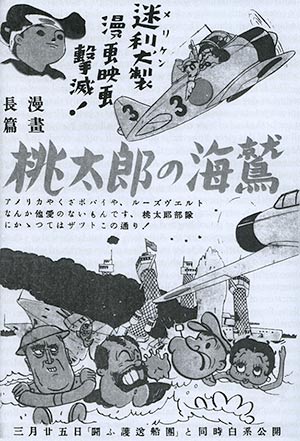
Annett reproduces an advertisement for the 1943 Japanese propaganda cartoon Momotaro’s Sea Eagles. Bluto, who appears in the film as an antagonist, is seen floating in front of the ruined Pearl Harbor. Splashing alongside him are three characters who are nowhere to be seen in the animation itself: Popeye, U.S. President Franklin D. Roosevelt, and Betty Boop. The war may have recast Betty as an enemy of Japan, but she was apparently still popular enough to be a box-office draw.
This bizarre scene sums up one of the main topics of the book. As Annett follows various cartoons around the world, she finds a trail of appropriations, misunderstandings, and many other fascinating cases of cultural mixing.
She touches upon the vicious racial caricatures seen in wartime American cartoons such as Warner Bros.’ Tokio Jokio, but spends more time discussing the concept of the “cute ethnic Other”. Monotaro’s Divine Sea Warriors, the first full-length Japanese animated feature released in 1945, portrays the people colonized by Japan as sweet, helpful little animals; the author compares this to imagery used in Disney’s The Three Caballeros and Saludos Amigos, both conceived to help relations between the United States and Latin America.
The wide-eyed characters of anime can be seen as another case of the “cute ethnic Other” when they are exported outside Japan. But yet, another of Annett’s discussion points is how anime can transcend ethnicity and culture.
In the final third of the book Annett uses two online animation series as case studies: There She Is!! from South Korea and Hetalia: Axis Powers from Japan. The former has international appeal: it is dialogue-free and its subject matter of hostility between cats and rabbits, while perhaps intended to represent tensions between Japan and Korea, is broad enough to be universal.
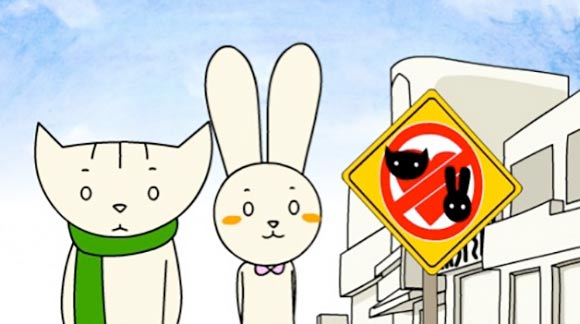
Hetalia, however, is based entirely around culture. Each character represents a country, and so the cartoon draws heavily on stereotyped national characteristics. The anime certainly has its critics—the offense which its portrayal of South Korea caused in that country is discussed– but at the same time its fanbase is international. Annett counts herself amongst Hetalia’s fans, and this somewhat scattershot book is at its best when her research shows a personal flavor.
The book’s cover shows a piece of fan art that depicts Hetalia’s Canada character surrounded by figures representing Asian countries. Drawn by Toronto-based illustrator Sherry Lai, this was intended to celebrate the Asian communities of Canada. Whatever a cartoon has to say about the world, Annett concludes, its fans will adapt its imagery for their own ends.

.png)